Buying your first turntable? These are the six key features to look for in the Black Friday sales
An introduction for new fans of this old medium
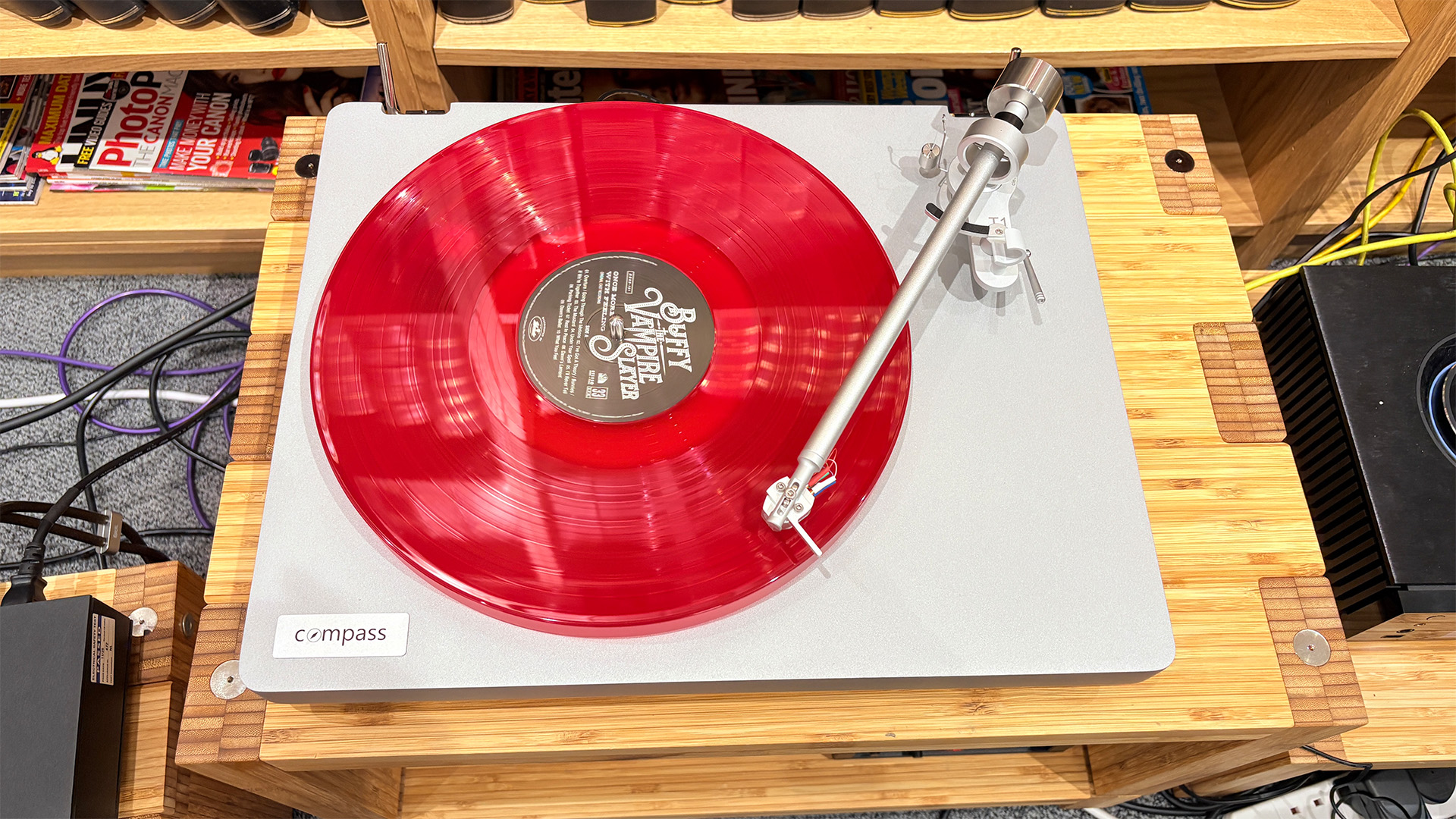
Around 30 years ago, the turntable market appeared all but dead. The CD had won the format war in the late ‘80s, and the iconic vinyl record seemed condemned to the hi-fi graveyard.
We even removed the turntable category from our What Hi-Fi? Awards categories, which should have been the final nail in the coffin if even enthusiasts weren’t interested.
Yet somehow, turntables survived. In the age of streaming, the humble record player is alive and thriving, as seen in the huge resurgence in vinyl’s popularity (in no small part thanks to Taylor Swift).
This does, of course, mean that plenty of new music fans are jumping on the turntable bandwagon, and if that's you, then you may need some guidance making the right decision.
So if you’re looking to get your very first turntable this Black Friday, here are some tips to get you spinning your vinyl collection in no time.
1. Check to see if a phono stage is included
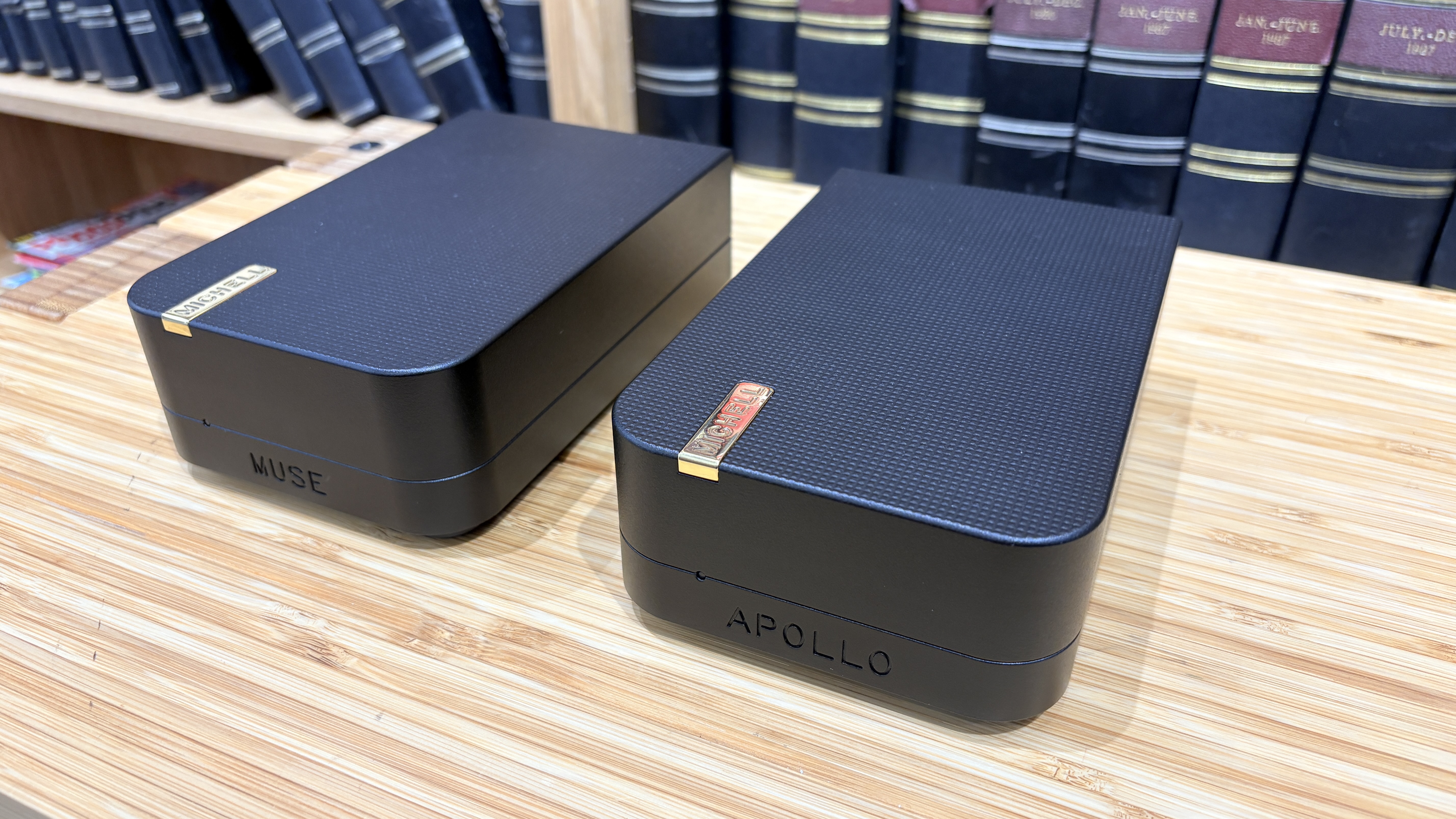
Turntables need a bit of special treatment and won’t work by being plugged directly into an amplifier’s standard line-level input, in the way a music streamer or CD player would.
The tiny signal from the record player’s cartridge needs extra amplification and tonal equalisation, and that’s a job for the phono stage, or phono preamp as it is sometimes called.
The latest hi-fi, home cinema and tech news, reviews, buying advice and deals, direct to your inbox.
You will either need a phono stage (marked as a 'phono' connection) on your amplifier – some, but not all, have them – or a phono stage built-in to your turntable itself.
If you’re plugging directly into an all-in-one speaker system, such as KEF’s LSX II, you will need an outboard phono stage. Again, unless your chosen record player has a phono stage built in.
All of our reviews will make it clear whether a phono stage is included, and we also have a curated selection of the best phono stages should you need to buy one.
2. Automatic or manual?
If you’re new to turntables and concerned about dropping a needle onto your LP, you might want to consider a record player with automatic operation.
There are fully and semi-automatic designs; the fully automatic ones will queue up the tonearm to the start of the record and lift the needle when it reaches the end of the side, all with the push of a button. Some even return the arm to its resting position.
However, if you want to get more tactile with your turntable, then a manual turntable might be better for you. This does mean having to place the arm yourself and returning it at the end, though many argue that it’s part of the appeal.
3. Two-speed or three-speed?
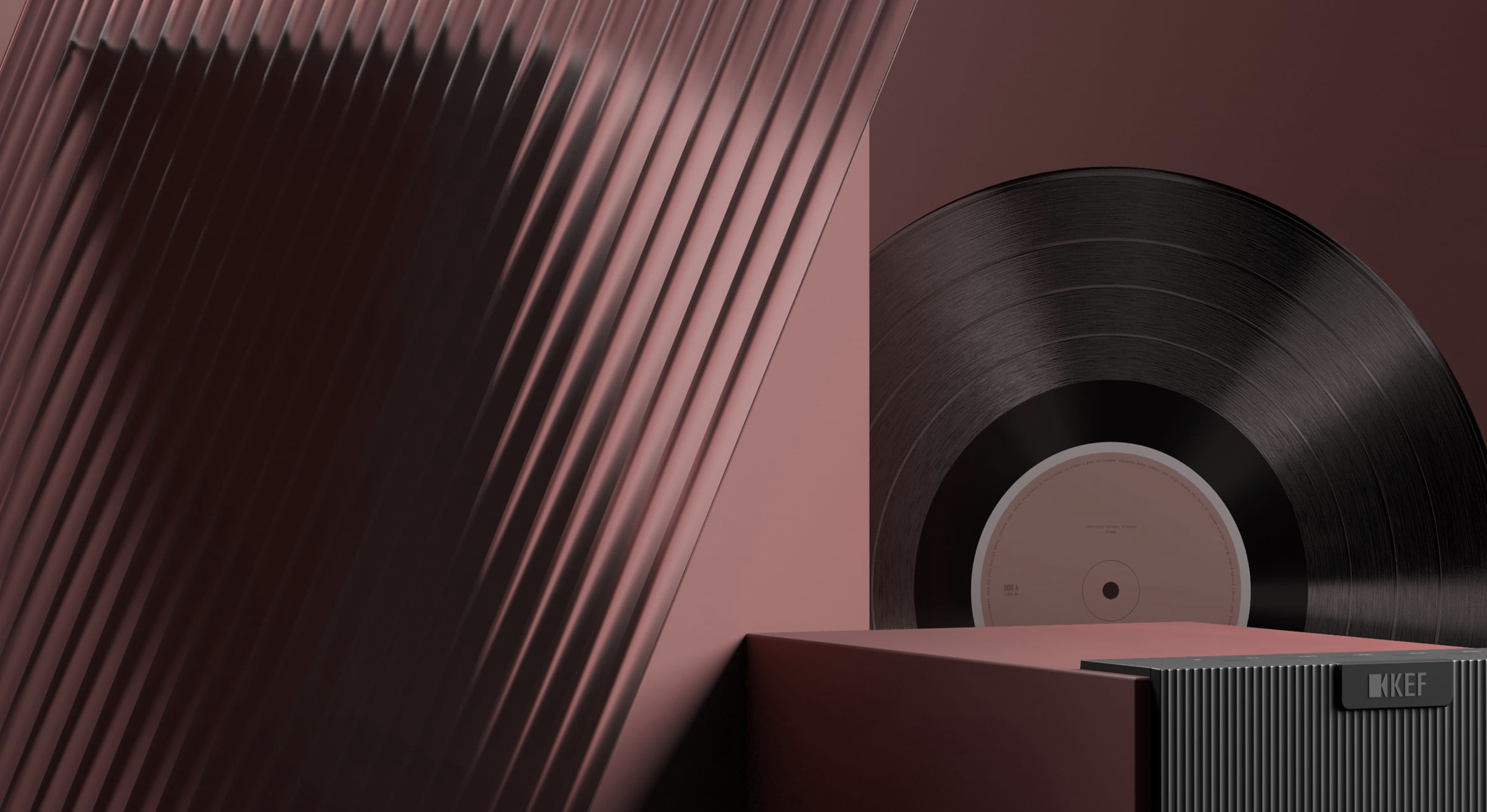
All modern records play at two standard speeds: 33 ⅓ RPM (for LPs) and 45 RPM (for singles, usually).
However, records from before 1960 play at a faster speed: 78 RPM. So if you have any old classics you’d like to play or are likely to go vintage record shopping, you’ll want to ensure you have a turntable that can play all three speeds.
If you’re sticking only to more modern vinyl, a two-speed turntable should cover you just fine.
Many purist record players still require the user to change speed by manually moving the drive belt from one motor pulley step to another. It’s not hard to do, but a deck with electronic switching between the speeds might appeal to some buyers more.
4. Bluetooth or not to Bluetooth
It may seem like the ultimate clash of old and new, but Bluetooth turntables are now common, blending the retro aesthetic with modern convenience.
It makes sense when products such as wireless headphones and Bluetooth speakers are so widespread, and if you want a bit more flexibility in how you listen to your records.
While you’ll always get better sound quality from a wired connection, if you think you’ll make use of the Bluetooth functionality, then it’s worth considering.
Bluetooth headphones can be particularly handy when you don’t want to disturb others in your household (such as late-night listening), so it’s definitely worth considering when and how you’d use your turntable.
5. Direct drive or belt drive?

There are two types of turntable design: belt drive and direct drive.
Direct drive turntables have the motor located beneath the platter, which rotates it directly. Belt drive turntables have the motor separate, with a thin rubber belt linking the motor to the platter.
Both have their pros and cons. Direct drive designs start up much quicker and usually have greater speed stability, the former making them the design of choice for DJs. Belt drives have the advantage of separating the inherently noisy motor from the record/cartridge interface, so they have an advantage when it comes to sound quality.
Bear in mind that when a brand chooses a certain drive configuration, it accounts for these imperfections and tries to minimise any side effects.
We’re fans of both designs (we love both Rega’s belt drive Planar 3 and the Technics’ direct drive SL-1500C), so there’s no wrong answer here – what’s most important is that you’re happy with how your turntable sounds.
6. Consider an upgradeable cartridge
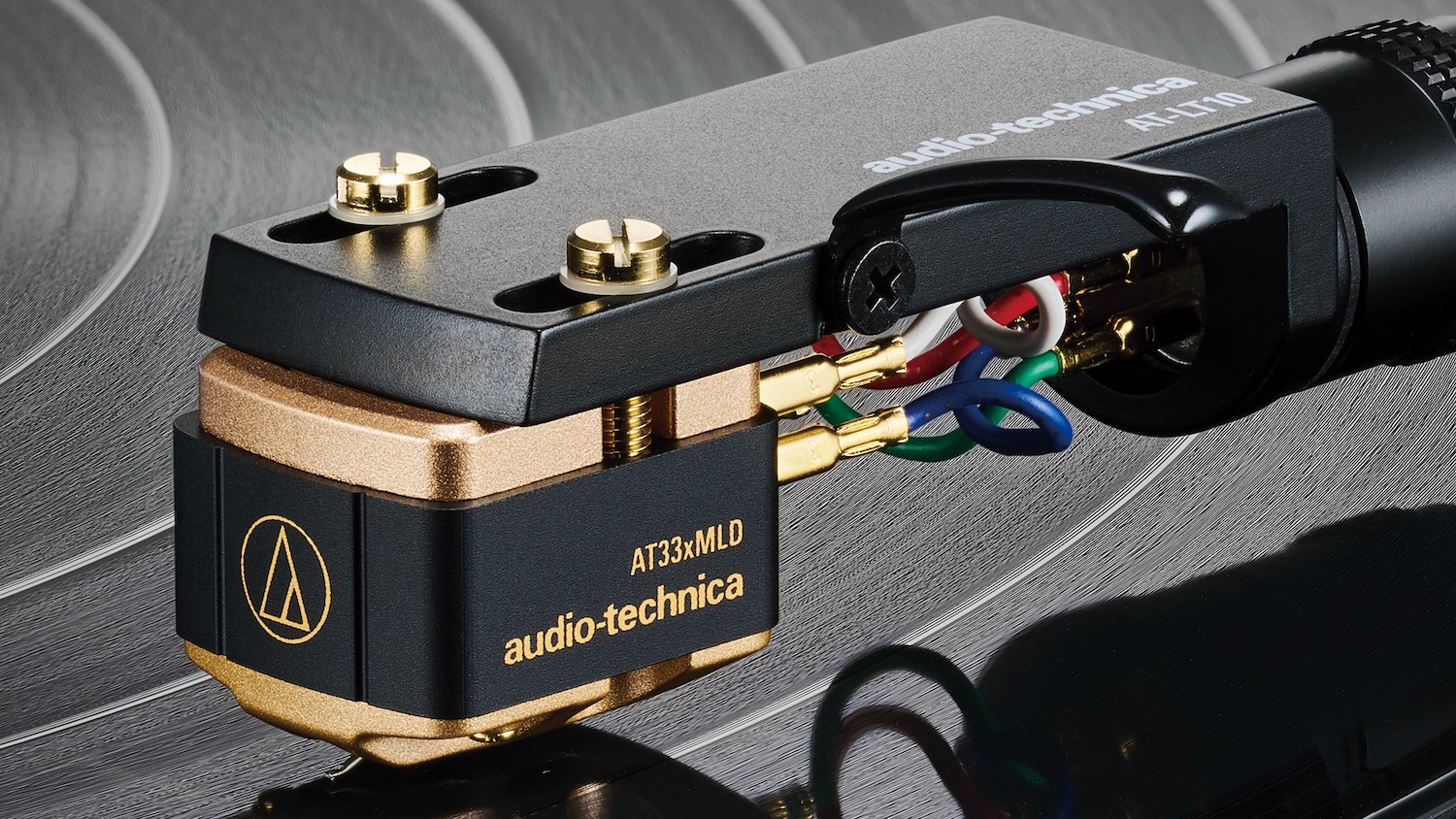
The cartridge is the only part of a turntable that makes direct physical contact with the record groove. Most affordable turntables come complete with one, though that changes as price points go up and users want to fine-tune the record player’s performance for their system.
A cartridge change is usually the first port of call when the time for upgrading arrives. They aren’t particularly hard to swap, but a dealer will usually do the job for you if required. If you're considering spending a fair amount of money on a turntable, then think about the cartridge on offer, too.
Which turntable should you buy?
Now you know what to look for, here are a couple of recommendations from our expert hi-fi team.
Pro-Ject Primary E
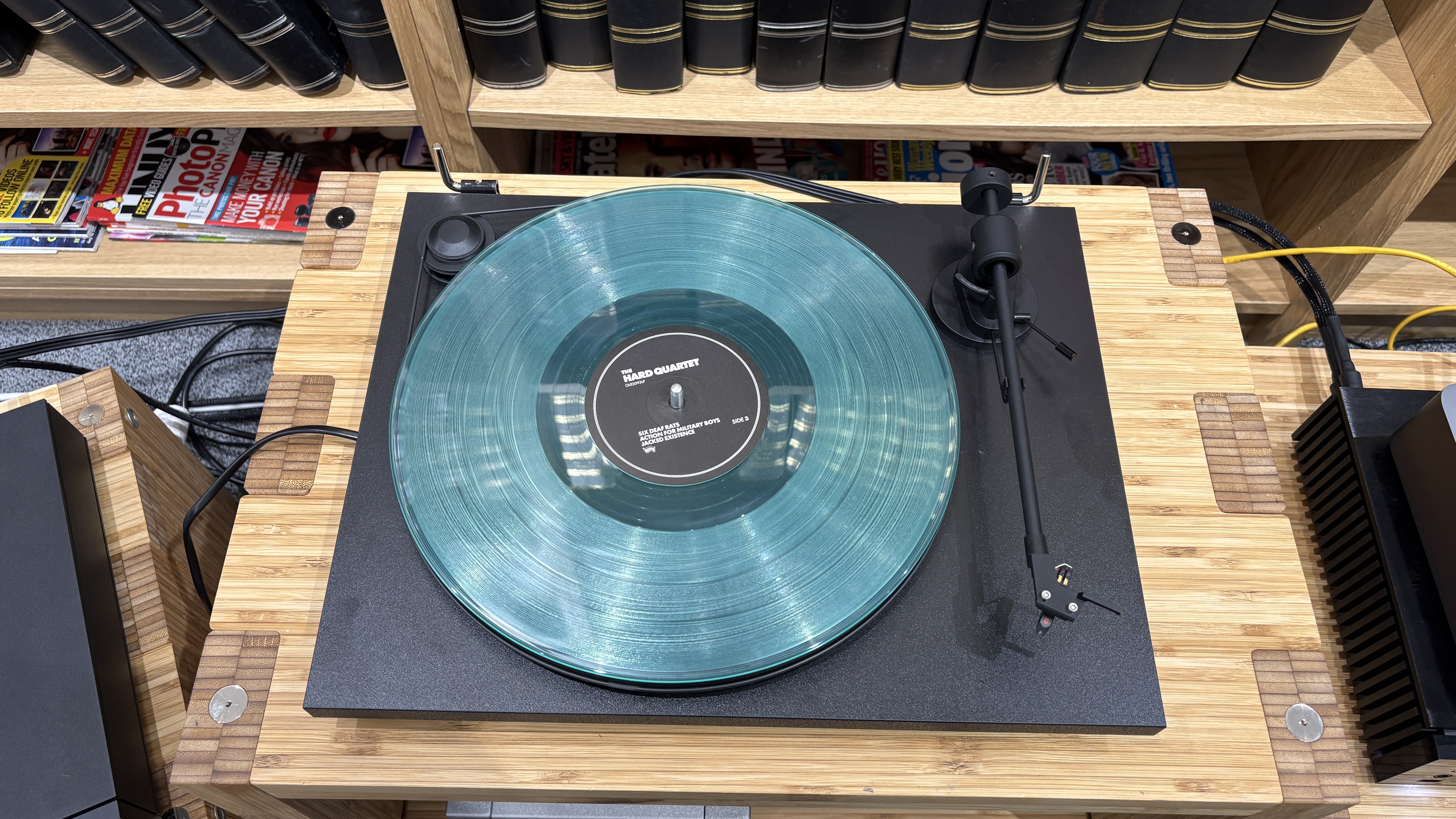
For the ultimate combination of budget and beginner, you’ll struggle to do better than the Pro-Ject Primary E.
The eight-time (!) What Hi-Fi? Award winner is a no-frills, purist design, meaning it eschews several more modern features such as Bluetooth or automatic operation in favour of nailing the basics.
And by the basics, we mean the sound, which is clear, clean and spacious with ample body and substance to every frequency.
Additionally, it’s easy to set up and use, and has been our go-to beginner recommendation for years now, despite launching back in 2018. You’ll need to budget for a phono stage, but the Pro-Ject Primary E is great value and can often be seen on sale.
Sony PS-LX310BT
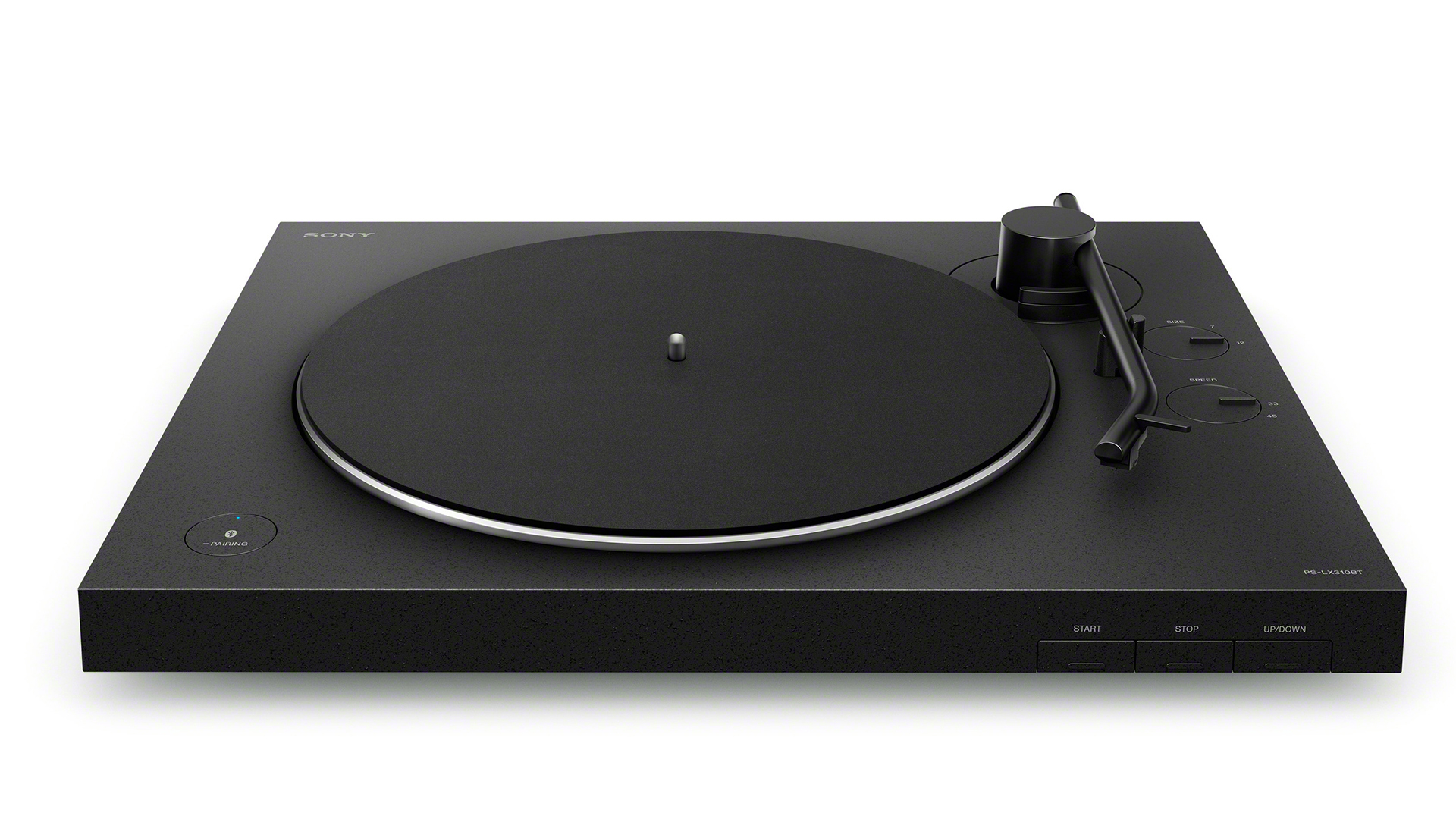
If you’d rather have a few features included but still desire good performance and build quality, then the Sony PS-LX310BT is a good compromise. The Sony turntable offers Bluetooth, automatic operation and a built-in phono stage, and is otherwise fuss-free, making it super easy to set up and work straight out of the box.
The built-in Bluetooth can connect to up to eight devices, and the sound is entertaining and pleasing. There’s no beating the Sony PS-LX310BT for value and user-friendliness. Check out the latest prices below.
Rega Planar 1 Plus
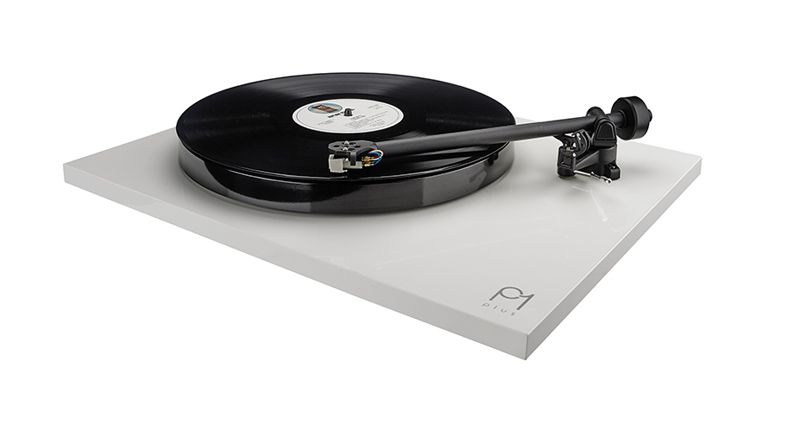
If you’re happy to invest a bit more into your first turntable, then the Rega Planar 1 Plus is an excellent step up from the others on this list. The Rega Planar 1 Plus takes a similar purist, clutter-free approach as the Pro-Ject Primary E, but comes with a phono stage included.
It’s a step up from the Pro-Ject Primary E rhythmically too, with Rega's hallmarks of subtlety, agility, dynamics and drive all on display. It’s easy to set up too, with the built-in phono stage allowing you to plug this Rega deck directly into your all-in-one speaker system.
If you can afford the extra cost, the Rega Planar 1 Plus is an excellent mix of purist quality and convenience, and the best-sounding turntable with a built-in phono stage at this price level.
Black Friday quick links
- Amazon: browse all of today's best deals
- B&W speakers: save £200
- Bluetooth speaker: 48% off five-star JBL
- Bose QC Ultra Earbuds: save £100
- Bravia 8 TV: save 34% on 55in Sony TV
- Denon AV receiver: save £500
- Dolby Atmos soundbar: down to £299
- ELAC Debut 2: five-star speakers now £199
- Headphones: Sennheiser Momentum 4 now £169
- LG C5 55-inch: lowest-ever price at Richer Sounds
- JBL soundbar: now better than half price
- John Lewis: £500 off LG and Sony OLED TVs
- Richer Sounds: browse Black Friday deals
- Sevenoaks: £150 off Award-winning speakers
- Sony headphones: now just £29
- Stereo amplifier: Cambridge Audio now £299
- TVs, movies, home cinema: browse the best deals
- Vinyl: 3 for £66 at Amazon
- Wireless earbuds: Award winners now £75

Daniel Furn is a staff writer at What Hi-Fi? focused on all things deal-related. He studied Magazine Journalism at the University of Sheffield before working as a freelance journalist covering film, TV, gaming, and consumer tech. Outside of work, he can be found travelling far-flung corners of the globe, playing badminton, and watching the latest streaming sensation (in 4K HDR, of course).
You must confirm your public display name before commenting
Please logout and then login again, you will then be prompted to enter your display name.